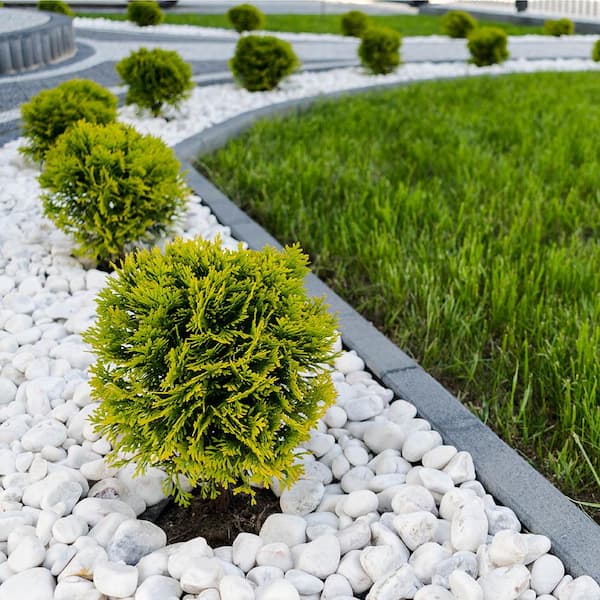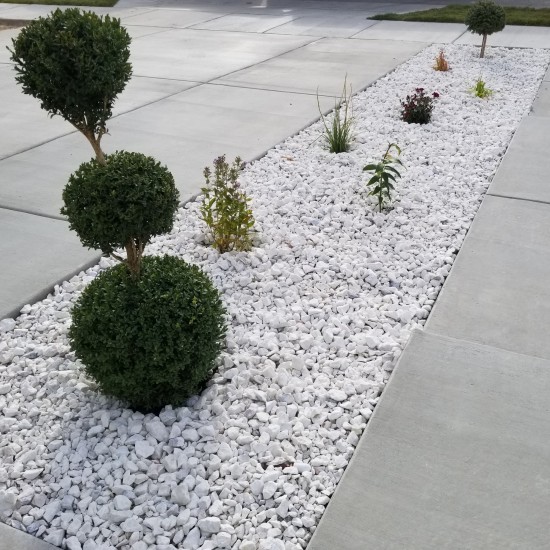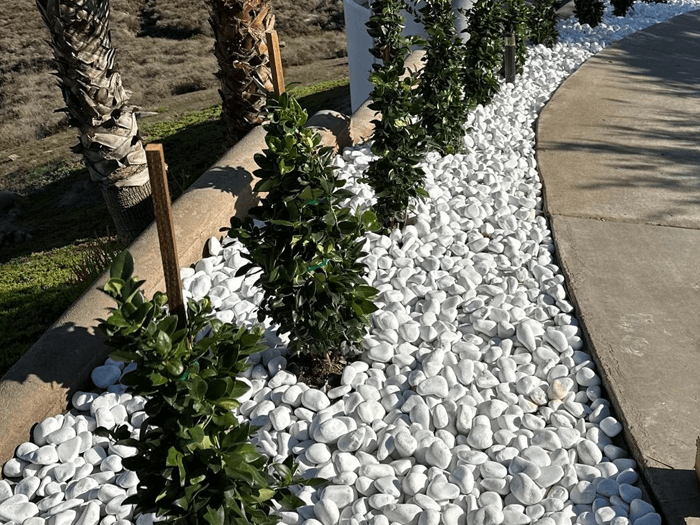Introduction to White Decorative Rocks
White decorative rocks are a versatile and captivating addition to any landscaping project. Having personally used these stunning stones in multiple outdoor designs, I can attest to their ability to elevate the aesthetic appeal of gardens, pathways, and even indoor spaces. In this comprehensive guide, we’ll explore everything you need to know about white decorative rocks—from types to applications, and their pros and cons.
Types of White Decorative Rocks
Not all white decorative rocks are created equal! Each type offers unique characteristics and uses. Let’s dive into the most popular varieties.
1. White Marble Chips
White marble chips are an elegant option for enhancing any landscape. Their polished appearance adds sophistication to gardens and pathways.
2. Crushed Limestone
This type of rock is ideal for creating a natural look. With its angular shape, it can bind well in various landscaping designs.
3. Alpine Pebbles
These small, smooth stones come in various sizes and can be used effectively for ground cover or in decorative planters.

4. White Quartz
White quartz is perfect for those looking to add a little sparkle to their environment. Its reflective properties can brighten up darker areas.
5. White River Rocks
These rounded stones are often used in dry creek beds and around water features, adding a natural touch to landscapes.

Benefits of Using White Decorative Rocks
Incorporating white decorative rocks into your landscape comes with a myriad of benefits. Here are a few:
- Aesthetic Appeal: The bright, clean appearance can enhance the overall look of your outdoor space.
- Low Maintenance: Unlike plants, these rocks don’t require watering, pruning, or fertilization.
- Weed Control: When used as ground cover, they help suppress weed growth.
- Drainage: They improve drainage in garden beds or around foundations.
How to Use White Decorative Rocks in Landscaping
Now that you know about the types and benefits, let’s explore how to effectively utilize these rocks in your landscaping projects.

1. Ground Cover
Spread white decorative rocks over soil to create a clean and polished look that also suppresses weeds.
2. Pathways
Using larger stones like white river rocks creates durable and attractive pathways that complement any garden style.

3. Gardens and Flower Beds
Incorporating these rocks around plants not only enhances appearance but also maintains soil moisture and temperature.
4. Water Features
White quartz or marble can beautifully highlight fountains and ponds, creating a serene and elegant environment.

Cost Analysis: Comparing Types of White Decorative Rocks
| Type | Average Cost per Ton | Best Uses |
|---|---|---|
| White Marble Chips | $150 – $200 | Pathways, Decorative Gardens |
| Crushed Limestone | $75 – $125 | Driveways, Base Material |
| Alpine Pebbles | $100 – $175 | Container Gardens, Ground Cover |
| White Quartz | $200 – $300 | Water Features, Decorative Accents |
| White River Rocks | $125 – $250 | Dry Creek Beds, Patios |
Pros and Cons of White Decorative Rocks
Like anything, there are pros and cons to consider before investing in white decorative rocks for your landscape.

Pros
- Enhances visual appeal
- Minimizes garden maintenance
- Improves drainage
- Versatile applications
Cons
- Can be more expensive compared to traditional mulch
- May retain heat, potentially harming sensitive plants
- Limited color range may not suit every design
Frequently Asked Questions about White Decorative Rocks
What are white decorative rocks made of?
White decorative rocks can be made from various materials including marble, quartz, limestone, and more. Each type has its own unique properties and appearances.
How do I maintain white decorative rocks?
To maintain white decorative rocks, periodically remove debris and wash them with water to keep them looking fresh and clean.
Are white decorative rocks eco-friendly?
Yes, using white decorative rocks is considered eco-friendly as they do not require watering or chemical treatments. They also help with weed suppression and soil preservation.
Can I use white decorative rocks indoors?
Absolutely! White decorative rocks can be used in indoor plantscapes, terrariums, or even as part of decorative centerpieces.
Why choose white decorative rocks over mulch?
While both serve similar purposes, white decorative rocks are more durable, do not decompose, and require less maintenance compared to organic mulch.